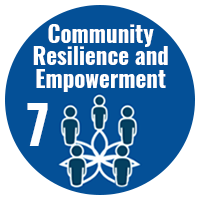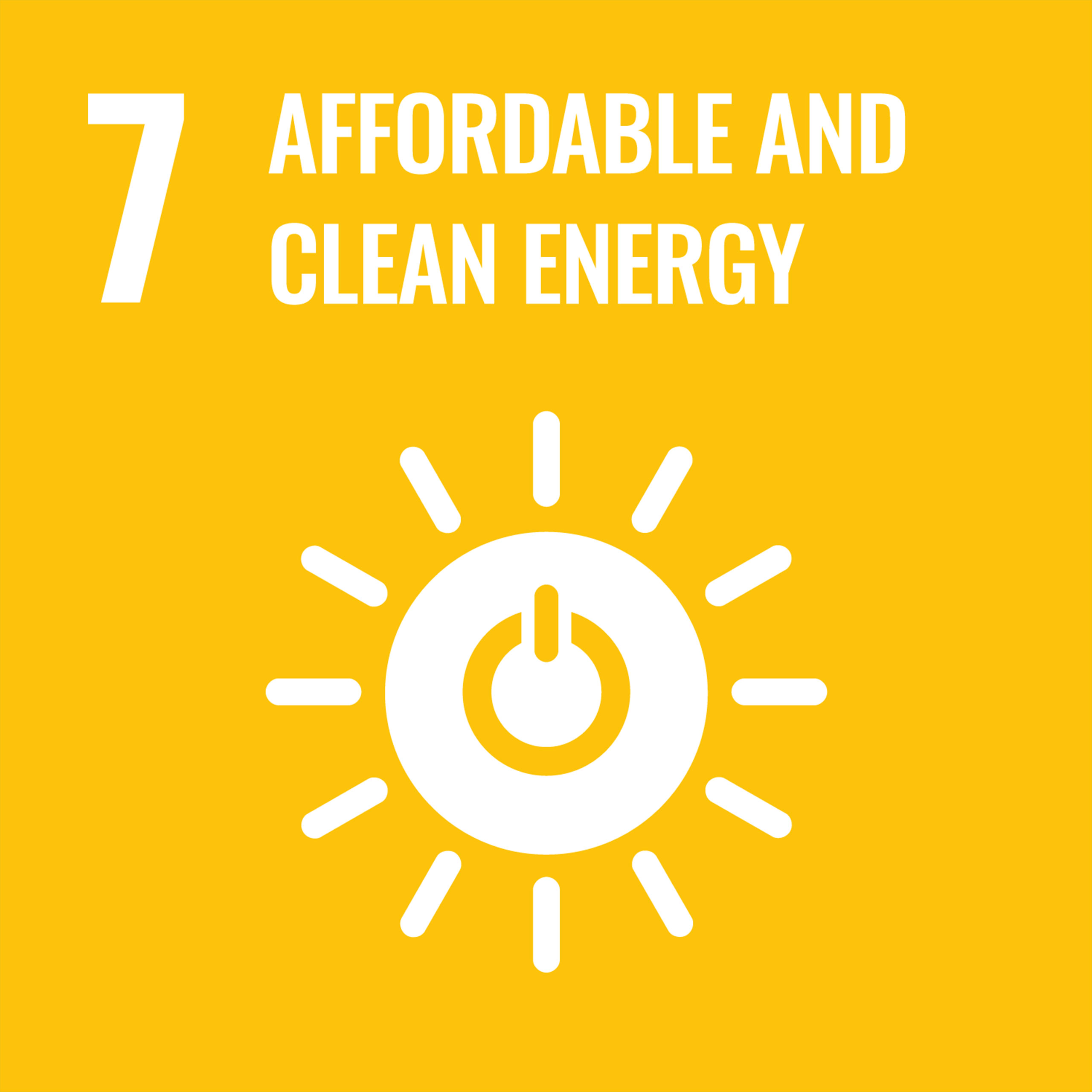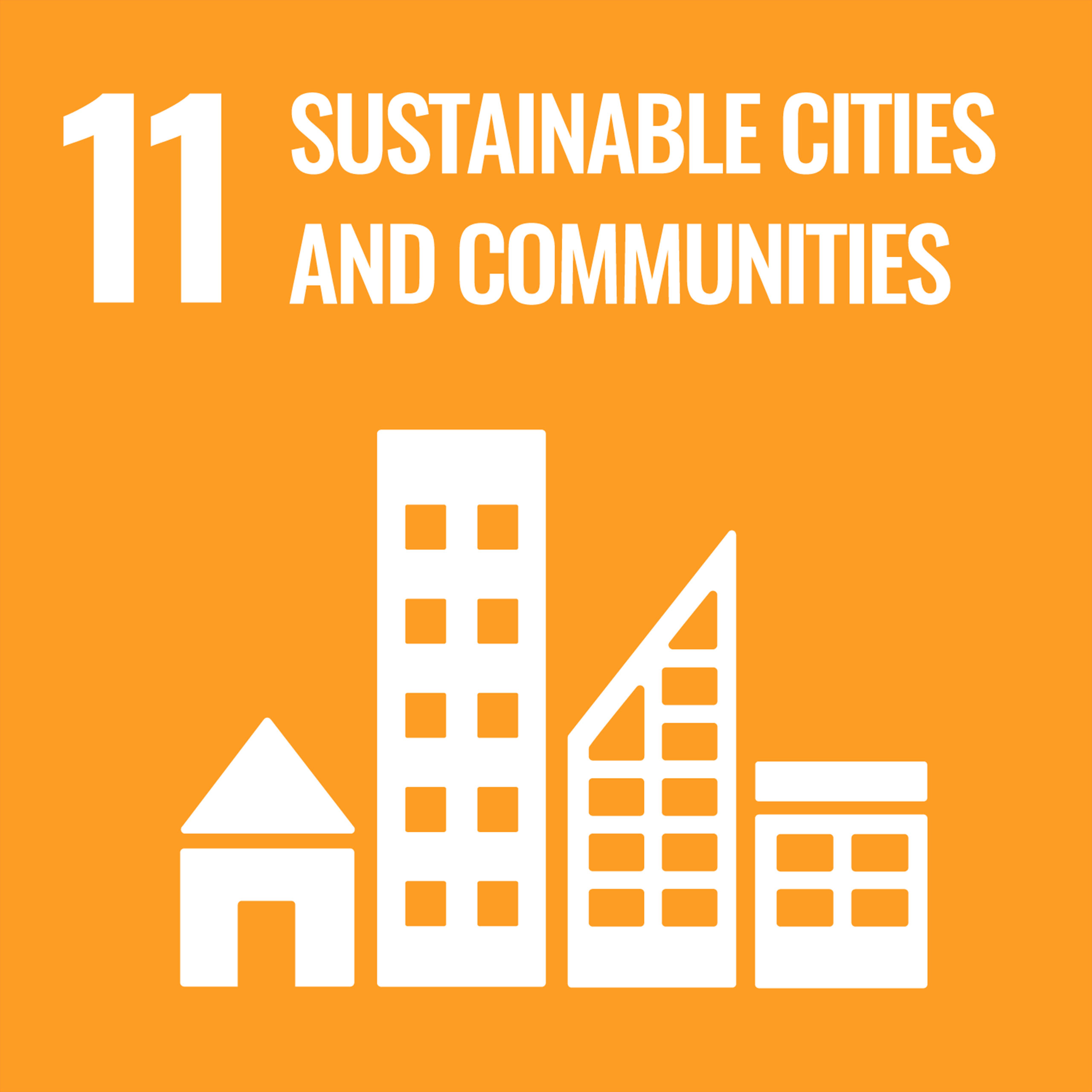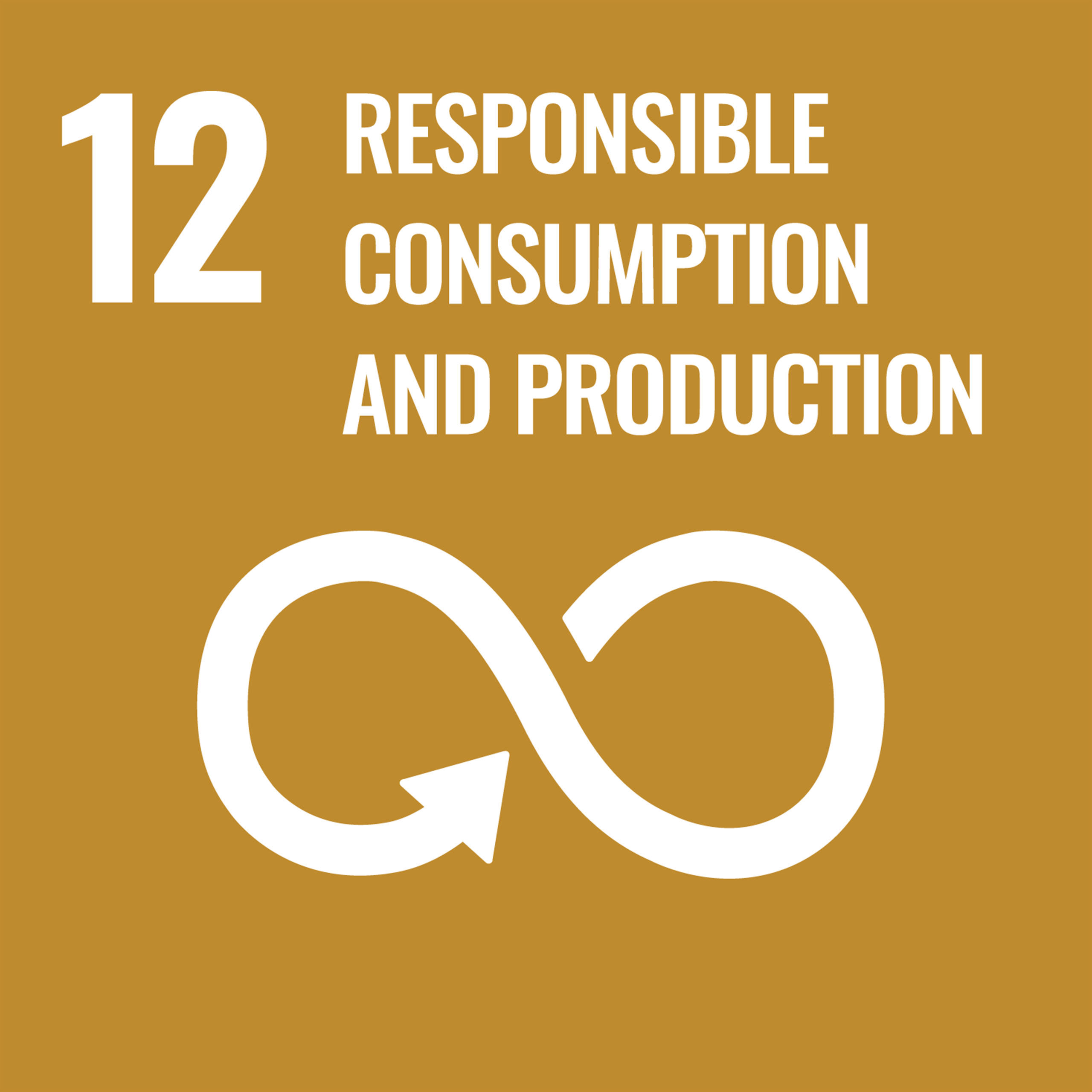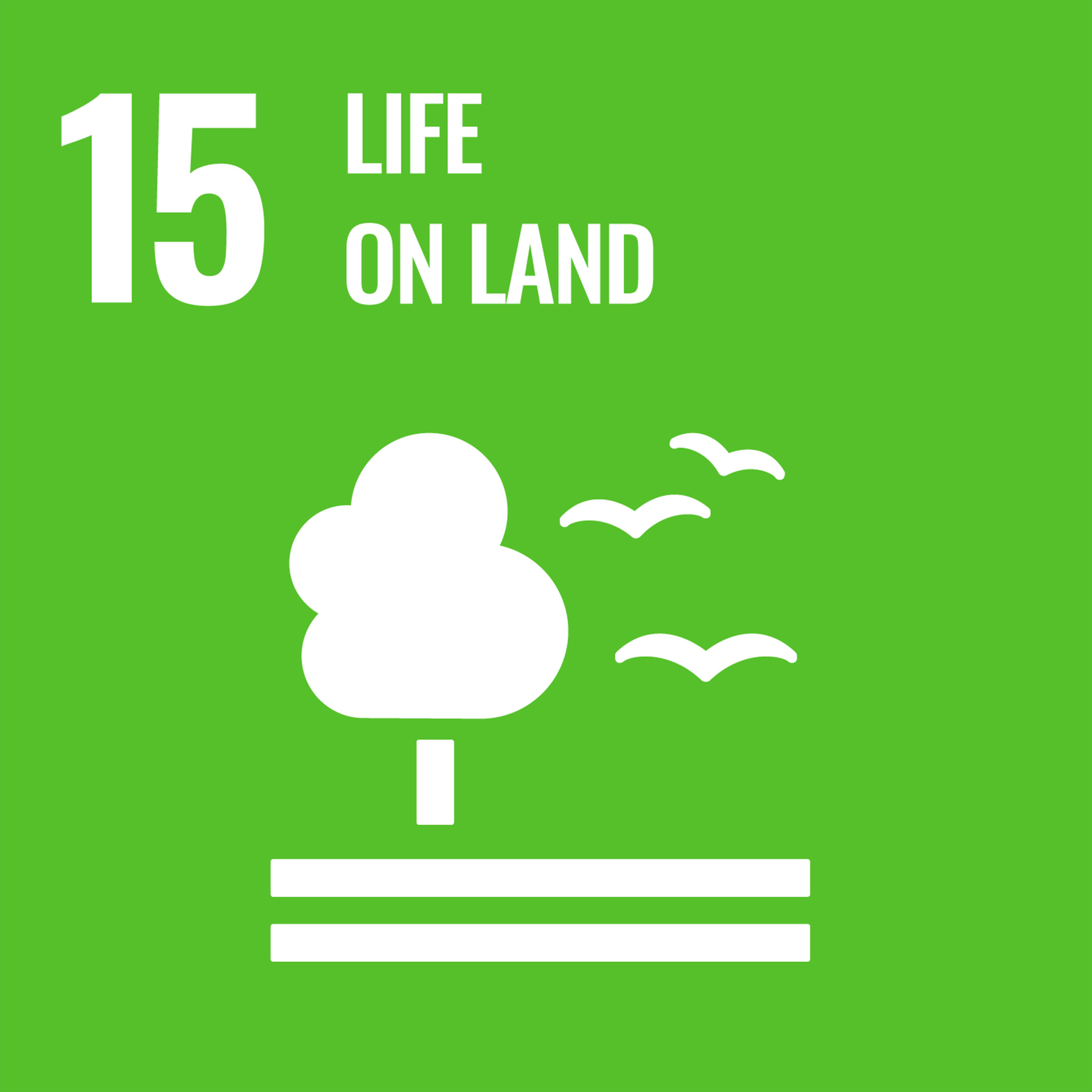BUSN-565 : Innovating Built Environment
Business | School of Law | LW
The built environment is a rich landscape for innovation to improve law and society, and in the case of confronting climate change, seeking to preserve a viable future for us. This course threads together two societal goals that intersect with the built environment-minimizing the impact of climate change and increasing the communication networks that connect us all as Americans. Our course will therefore focus on: i) climate-driven impacts on the built real estate environment, and ii) a review of the progress and evolution of wireless communications over the past 30 years (with an emphasis on the required infrastructure and real property matters required to operate the wireless networks). With regard to the climate change component, the course will examine climate change and analyze the growing collision with those realities and the developed real estate environment in the United States (where we analyze and consider governmental and private sector solutions to mitigate those impacts). Climate change related issues that will be examined include: growing Western wildfire seasons and the consequences of ever expanding development, rising sea levels and the immediate impacts on coastal communities and forecasted impacts in the coming decades, and transition from fossil fuels that impacts on our transportation infrastructure. With this component of the program, we will evaluate the legal implications (primarily real estate focused) of this interaction and consider what steps can (or should) be taken now to minimize the climate change impacts on our communities. The actions reviewed and considered will include governmental solutions (from local to national policies and directives) and solutions offered by the private sector. With regard to the evolution of wireless communications component, the course will use the timeline of the growth of wireless communications over the last 30 years to review and consider the interplay of real estate and the accompanying physical infrastructure required to operate wireless networks. For radio-based communications, there is an extensive amount of physical infrastructure required for the initial network builds that began in earnest in the late 1980s and the evolution of that growth with the projected needs for new antenna sites required for the national rollout of 5G communications in the United States. Given that real property, buildings and infrastructure (e.g. light poles) are an essential component for the communications networks, each of our classes during this portion of the program will include review of select types of ground and roof top leases and related wireless network agreements commonly used in by the communications industry. Students participating in the course will be exposed to a variety of legal and extralegal challenges and solutions to daunting social problems, along with practicing the skills of sophisticated contract selection and drafting, navigating the various governmental and regulatory layers for those components.




